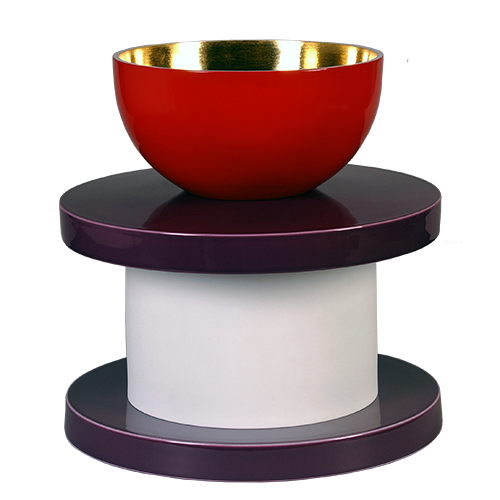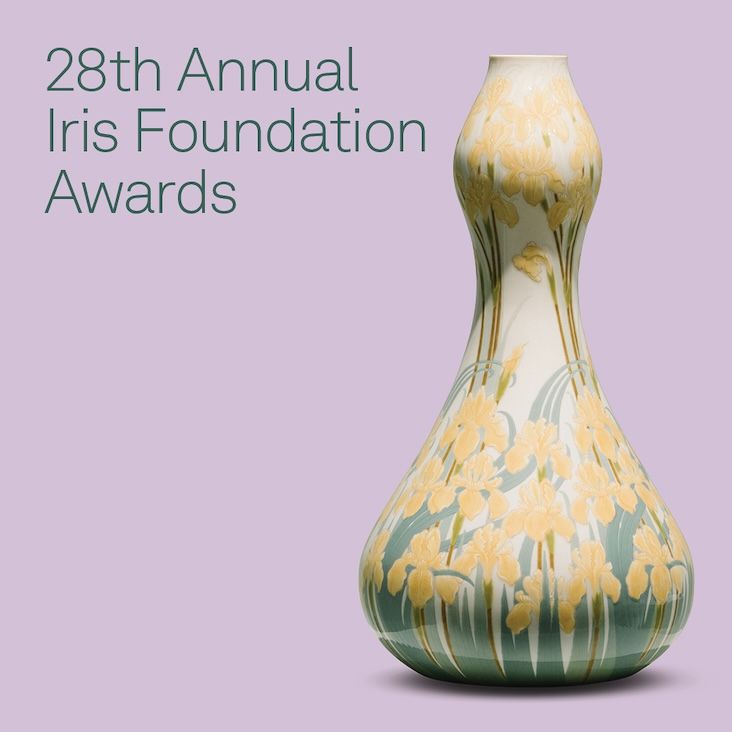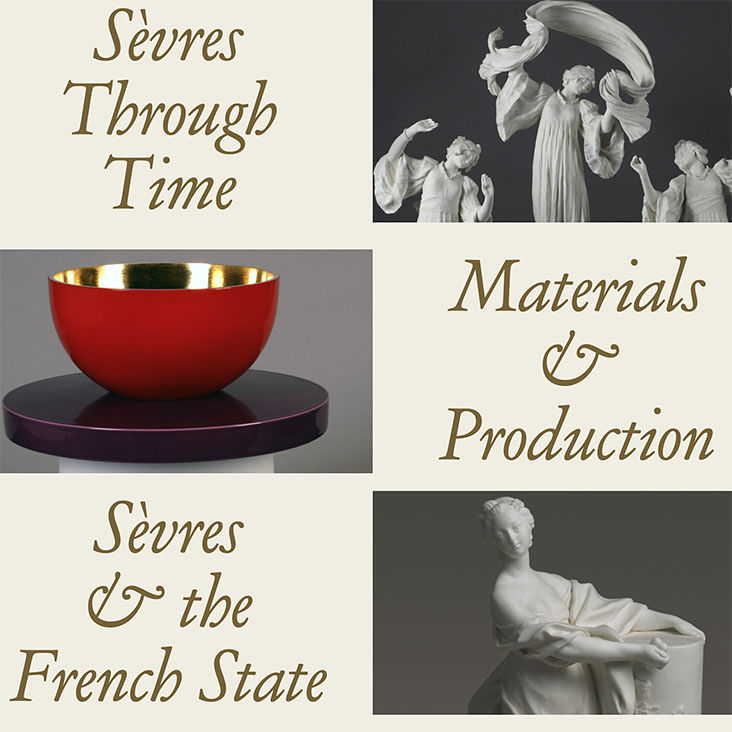With the arrival of SARS-CoV-2 vaccines it becomes possible to imagine an end to this year-long disruption. Of course, we are not in a position to know about how the vaccination roll-out will go, and a full return to the old normal may be slower and more tortuous than any of us would like. Nevertheless, there is an end now in view.
So we can ask the question: What have we learned from this year of disruption? The first thing is institutional resilience. At just about every level the work of Bard Graduate Center adapted to the new conditions. Second, while aware of the coming digital world—BGC’s Digital Media Lab opened in 2009; streaming of Research Institute events began in 2013; a digitizing and archival blueprint was created around 2015; digital recruitment materials began to go online around 2017; and a digital literacy requirement was instituted in 2019—it was only in this pandemic year that the great success of the online Eileen Gray exhibition, an emergency effort to give interested visitors a chance to spend time with a show that had been open for all of two weeks before being forced to shut down, helped us realize that even the part of our project that is most invested in presence could still translate powerfully to the online world. While in-person events stopped in the spring and restarted only internally in the fall, we are now seeing higher attendance rates at our online events than we ever did in person, much as everyone else is. More faculty are inviting more visitors into their classes and developing new and exciting ways of bringing the haptic into object teaching, all without access to museum collections. Recruitment has been transformed: hitting the road is no longer possible, depriving BGC of a chance to meet prospective applicants or faculty advisors. But attendance at online open houses has skyrocketed and application numbers are way up.
The exciting opportunities for digital exhibition scholarship have led to a plan to digitize exhibition archival material so that they can be re-curated whether by the original curator or invited scholars, fellows, artists, alumni, or current students. We may not be a collecting institution, but we do have a collection of exhibitions. Once we hammer out the details of this project all of the research and imagination that has been poured into 27 years of exhibitions will be unlocked as a learning asset for the future. These initiatives in the digital sphere are nested within a broader effort to reorganize BGC’s research collections and prepare them for greater use in the post-COVID era. Finally, having learned that seminars on Zoom can work almost as well as those in person opened up the possibility of BGC building a faculty that includes scholars living outside New York. The appointment of Arjun Appadurai as the first of our Global Professors marks the launch of this project.
So we can ask the question: What have we learned from this year of disruption? The first thing is institutional resilience. At just about every level the work of Bard Graduate Center adapted to the new conditions. Second, while aware of the coming digital world—BGC’s Digital Media Lab opened in 2009; streaming of Research Institute events began in 2013; a digitizing and archival blueprint was created around 2015; digital recruitment materials began to go online around 2017; and a digital literacy requirement was instituted in 2019—it was only in this pandemic year that the great success of the online Eileen Gray exhibition, an emergency effort to give interested visitors a chance to spend time with a show that had been open for all of two weeks before being forced to shut down, helped us realize that even the part of our project that is most invested in presence could still translate powerfully to the online world. While in-person events stopped in the spring and restarted only internally in the fall, we are now seeing higher attendance rates at our online events than we ever did in person, much as everyone else is. More faculty are inviting more visitors into their classes and developing new and exciting ways of bringing the haptic into object teaching, all without access to museum collections. Recruitment has been transformed: hitting the road is no longer possible, depriving BGC of a chance to meet prospective applicants or faculty advisors. But attendance at online open houses has skyrocketed and application numbers are way up.
The exciting opportunities for digital exhibition scholarship have led to a plan to digitize exhibition archival material so that they can be re-curated whether by the original curator or invited scholars, fellows, artists, alumni, or current students. We may not be a collecting institution, but we do have a collection of exhibitions. Once we hammer out the details of this project all of the research and imagination that has been poured into 27 years of exhibitions will be unlocked as a learning asset for the future. These initiatives in the digital sphere are nested within a broader effort to reorganize BGC’s research collections and prepare them for greater use in the post-COVID era. Finally, having learned that seminars on Zoom can work almost as well as those in person opened up the possibility of BGC building a faculty that includes scholars living outside New York. The appointment of Arjun Appadurai as the first of our Global Professors marks the launch of this project.











